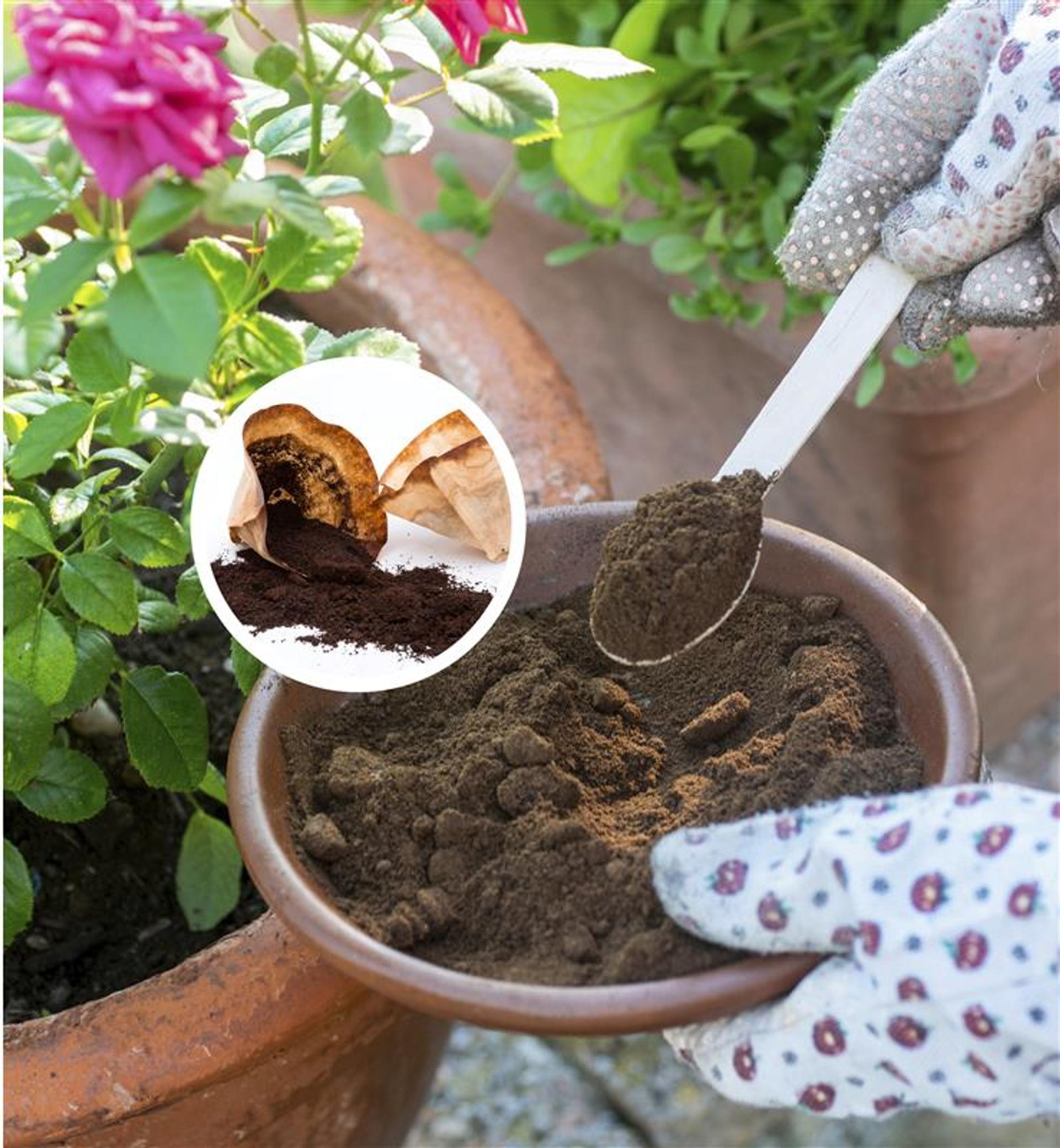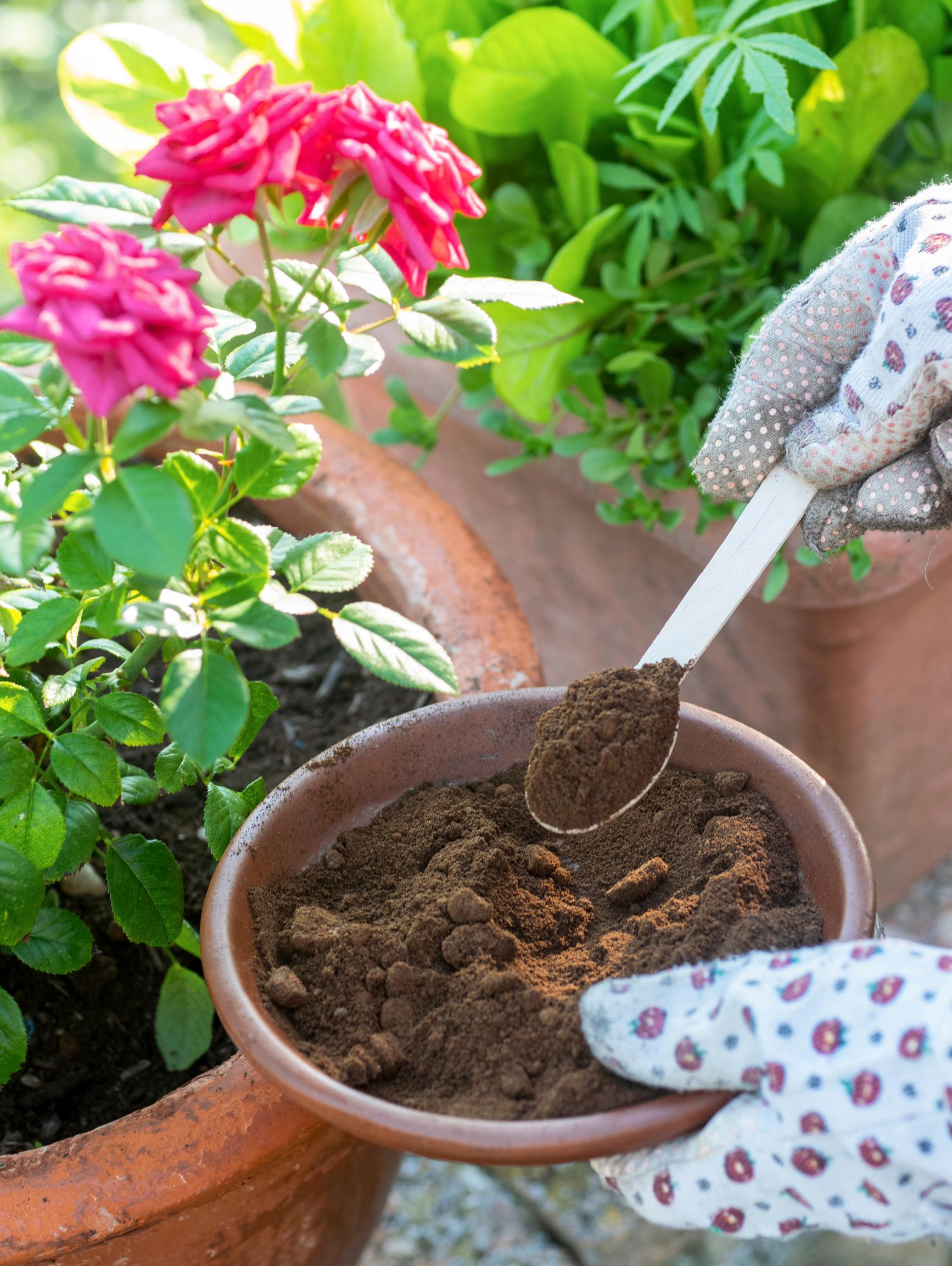
Use coffee grounds in your garden—these plants will benefit (but be careful with your seedlings)
Can you mix coffee grounds directly into the soil? Do they work for every plant? And is it worth watering houseplants with coffee? Horticulturist Outi Tynys explains.
1. Should you use coffee grounds in your garden?
Absolutely. Used grounds boost the soil’s organic matter and improve its structure. They also release nutrients gradually, which plants can absorb once soil organisms break them down.
However, they aren’t ideal as a main fertilizer because they contain only small amounts of nutrients: some nitrogen, phosphorus, and potassium, plus minor amounts of magnesium, calcium, iron, zinc, and manganese.
2. Can you mix coffee grounds straight into the soil, or should they be composted first?
Composting them with other organic waste is a great way to recycle them into a soil amendment, as the fats and acids in fresh grounds can harm plant roots.
You can still use fresh grounds if you add only moderate amounts. When deciding how much to apply, consider the plant’s size: you might add several filters’ worth over the year under a large rhododendron, but it’s best to use only small portions for young plants.
Likewise, if you plan to sow seeds or plant small seedlings, it’s wise to go easy on coffee grounds. They can interfere with germination and root growth. One study on raising brassica seedlings showed that five percent coffee grounds by volume can be beneficial, but 10 percent is too much. For seeds and small seedlings, coffee grounds can do more harm than good.
3. Do coffee grounds change soil acidity?
They only lower soil pH slightly, as they’re mildly acidic (pH 4.8–6) and usually added sparingly.

4. Do coffee grounds suit all plants?
Yes, if used moderately, they suit most plants—especially those that thrive in acidic soil, such as rhododendron and blueberry. You can also add grounds to houseplants, as long as you remember their limited potting soil volume and keep quantities low. Consider them particularly for species that prefer acidic or slightly acidic soil, including citrus plants, hydrangeas, cyclamen, azalea, and many ferns.
An old trick is to water houseplants with coffee. Is there any real benefit to it?
Some people believe coffee helps plants that like slightly acidic soil—such as streptocarpus, leaf cacti, and African violets—to stay healthy and bloom more. If you want to try it, occasionally give your houseplants a little coffee diluted with water, about once a month.
Coffee might gently lower the pH of both the watering solution and, in time, the soil, which could benefit plants that thrive in slightly acidic conditions. Roasting breaks down some of coffee’s acids, so lighter roasts are generally a bit more acidic than darker ones.
However, if you want to acidify potting soil for houseplants, rainwater is a better choice than coffee. Even though rainwater has a higher pH, it’s safe to use continuously.
Our expert consultant for this article was lead researcher Tapio Salo from the Natural Resources Institute Finland (Luke).


